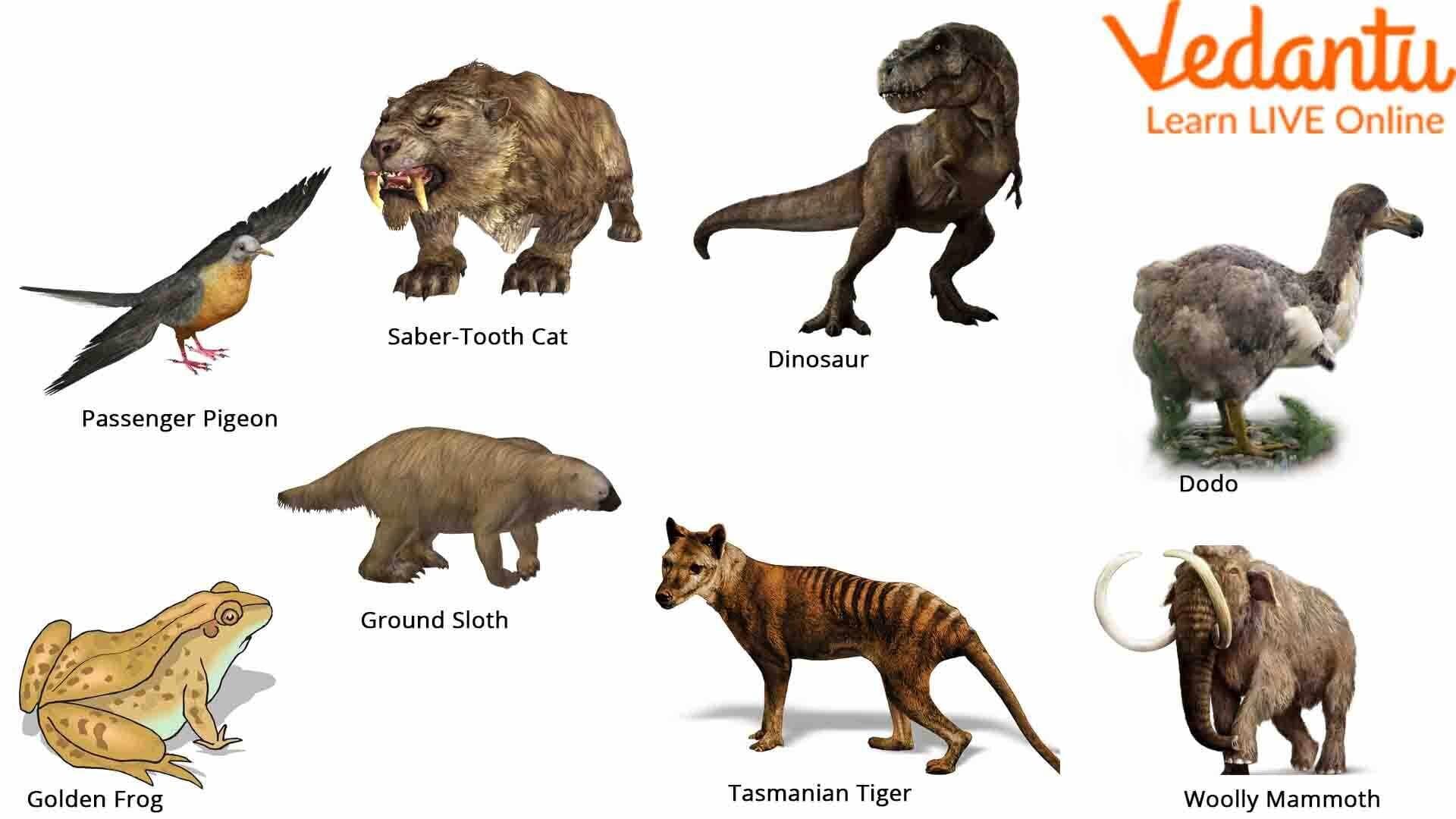Science Behind Animal Extinction and The Possibility of Bringing Them Back
We live on a planet where more than 8.7 million distinct animal species exist in different ecosystems. Together, we form a biosphere where animals coexist. Many species have existed before and are now extinct. We know how dinosaurs roamed and ruled the earth. They cease to exist now. Animals go extinct due to various reasons. These reasons can be natural or manmade.
The real question is whether our science is that developed to bring such species to life. Are we capable of bringing extinct species back to existence? Is it all right to do so? Will it wreak or restore the natural balance? Let us find out.
What is Animal Extinction?
There are many animals that existed way before we did. We can be considered as one of the newest species existing on the earth when compared to the prehistoric dinosaurs and animals before them. You will be surprised to know that dinosaurs existed from 245 to 66 million years ago. The first human species is traced back to 5-7 million years ago.
It shows how animals exist and goes extinct in due course of time. It means that a species ceases to exist entirely on the earth. No individual animal from the same species will be witnessed anymore on the earth.
Reasons for Animal Extinction
Genetic and Demographic Phenomena
Species with smaller populations face the highest danger of extinction. Natural selection is also a reason that causes species extinction.
Wild Habitat Destruction
The destruction of the natural habitats of animals can cause extinction. The habitats may get destroyed due to natural reasons such as wildfires. Manmade reasons are deforestation and overexploitation of natural resources. Water pollution is also a prime reason for species extinction.
Invasive Species
Invasive species reproduce and grow rapidly. These animals can eradicate another species from their habitats. For example, Asian carp, zebra mussel, cane toad, etc can be very aggressive in terms of reproduction. They can cause the extinction of particular animal species.
Climate Change
Changes in climatic conditions can cause havoc for particular species. It has been estimated that an increase in the average temperature by 2° C will cause the eradication of 25% of the plant and animal species.
Poaching and Trafficking
Killing and trafficking animals can also cause the extinction of many animals. They are traded in the black market.

Extinct Animals
Also Read: Which Was the First Animal in the World?
Can We Bring Back Extinct Animals?
Is it possible to bring back animals that are extinct? Can we revive the species that once existed on the earth? Well, it is a very complicated process but not impossible. We have made major advancements in using certain technologies to replicate or culture DNA. Every animal species has a specific genetic impression embedded in its DNA.
To revive ancient extinct animals, the first thing we will need is their DNA samples. We will have to extract their DNA in intact form. Only the most prominent DNA samples will increase the chance of reviving these animals. In simpler words, we need 100% genetic information or genome to bring back a species. Even if it is 95%, we will not be able to process it. A genome is like a book. We cannot lose any of its chapters.
The biggest issue is that when an animal dies, its genome starts to degrade due to natural causes. We have learned that it takes 521 years on average for 50% degradation of an animal’s DNA. Hence, it is very hard to create and de-extinct animals we lost in the prehistoric era.
Let us consider an example. We have found excellent fossils of mammoths. One such example is Yuka. It is a mammoth fossil that existed 39,000 years ago in Siberia. Even if we extract its fullest genome, there is a chance that we will not be able to make alive extinct animals. There is a scientific reason behind it. As the woolly mammoths developed from the DNA extract will be of the same kind, they will be prone to diseases.
It is a natural phenomenon where inbreeding leads to weaker generations. The mammoths created from the same DNA impression will be prone to diseases. There is a high probability that the revived species will not be able to survive.
Hence, to revive a species, we need genetic diversity. This diversity creates stronger species and the probability of survival increases manifold. Do you remember the movie, Jurassic Park? We were fascinated to see the dinosaurs walking again on the earth. We even fantasised that someday it will happen.
Actually, it is not possible to revive dinosaurs. So the answer to the question of whether can we bring back dinosaurs is no. They existed 66 million years ago. Even the best naturally restored samples will not contain the full genome or genetic impression of a species.
Is it ok to Bring Back Extinct Species?
Bringing back extinct species may or may not be a good idea. It all depends on the role of the species in an ecosystem. Bringing back extinct ancient species will not help us or other animals in that sense. We can use this technology to add more diversity to a species to ensure its survival. We can also use such advanced gene technology to save an endangered species.
Animals on the verge of extinction or endangered can be saved using such methods. Their population will increase and will become much stronger. For instance, we can save the Red Pandas from being an endangered species. Snow leopards and one-horned rhinos are also not in good shape.
This is all about extinct species and how we can revive them. Reviving an extinct species will not be a great feat to spend valuable resources.







